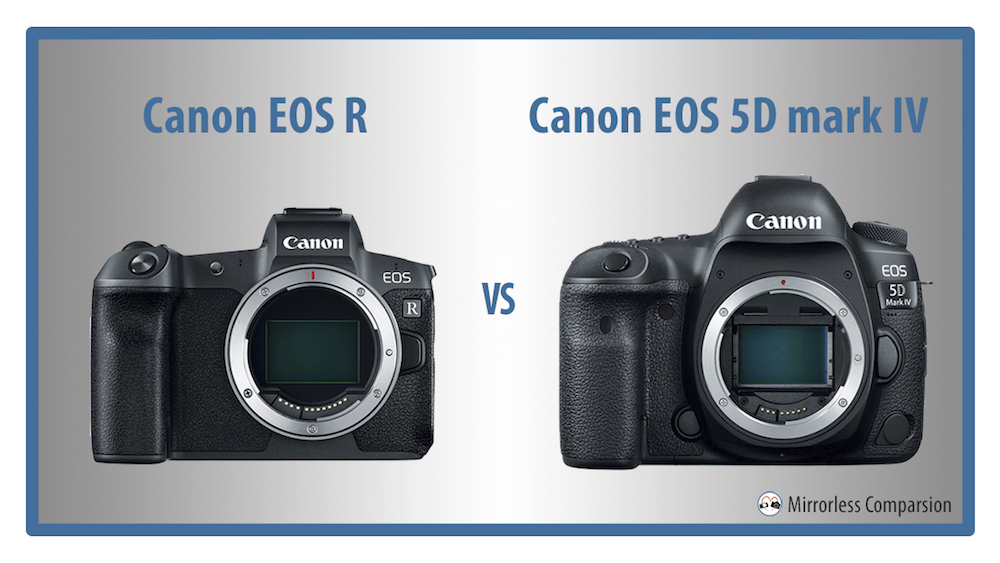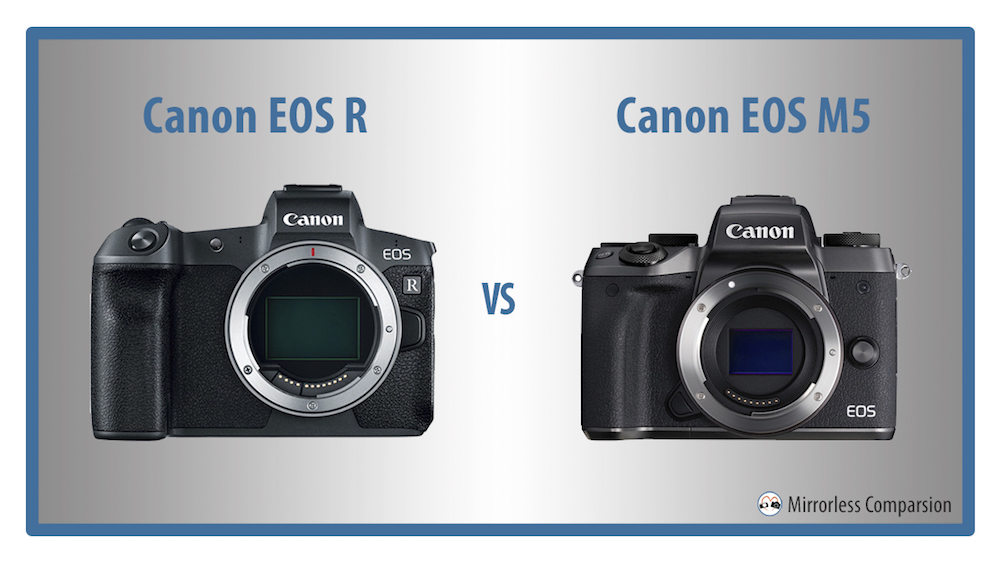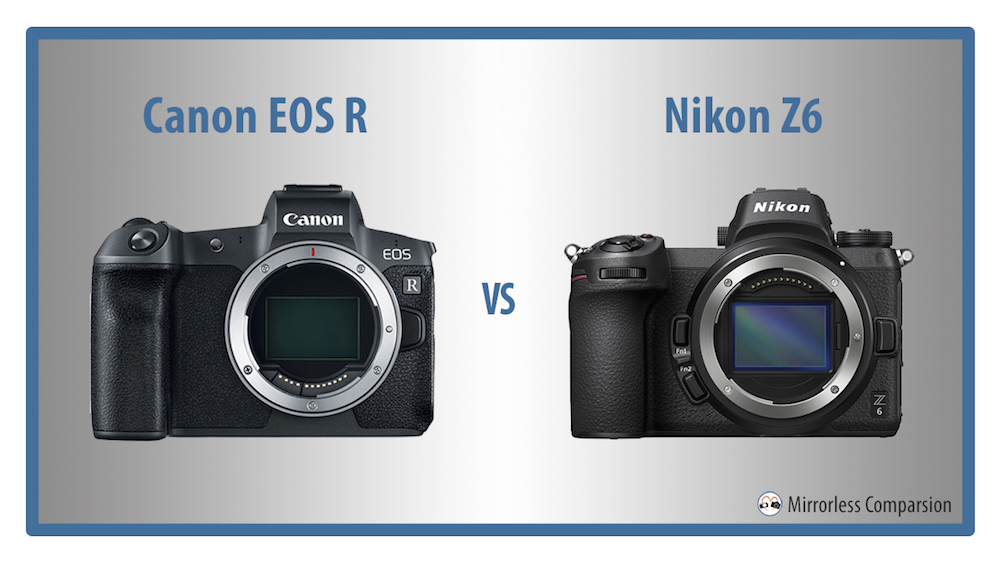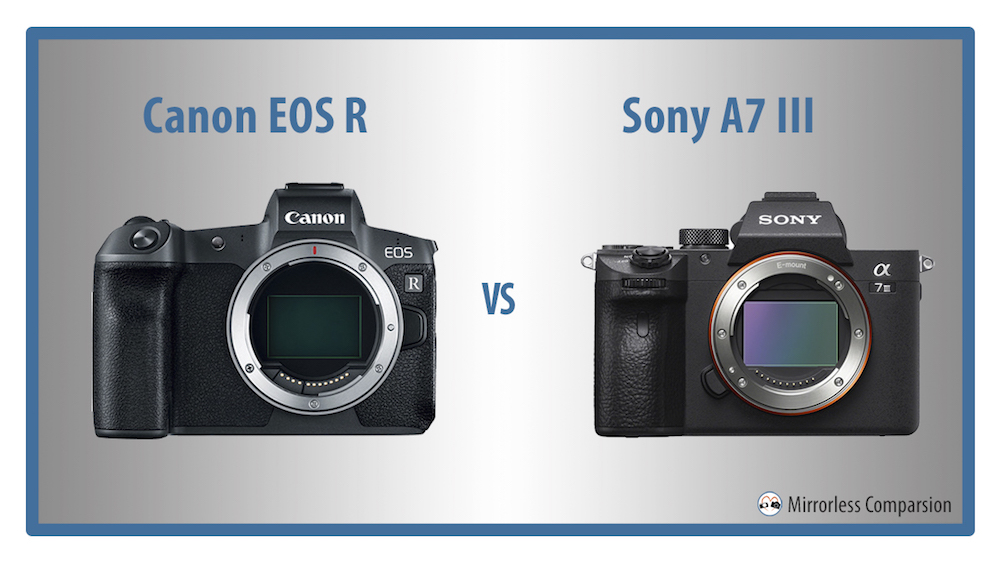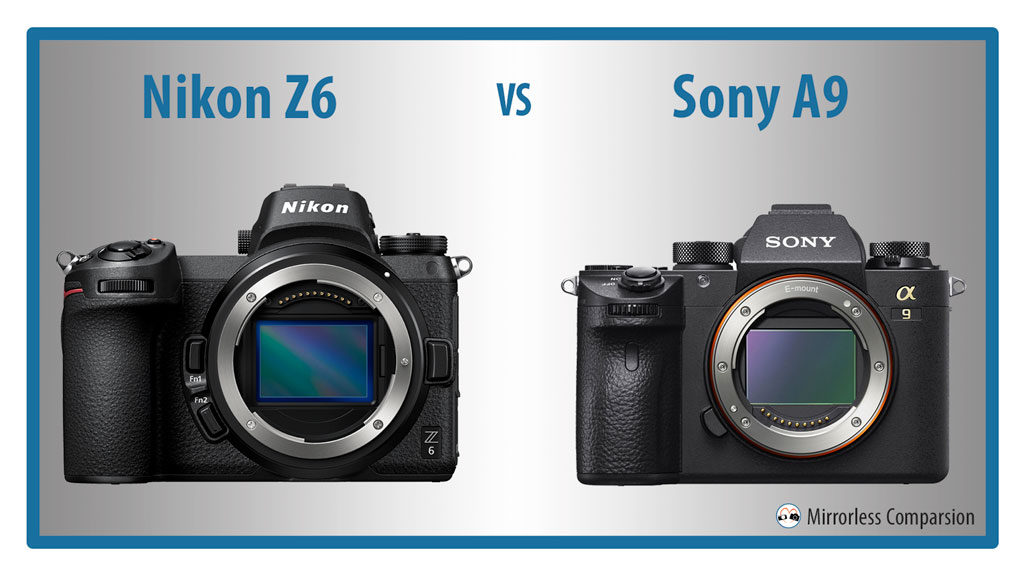Canon has been accused of lacking innovation in recent years, partly due to the slow and uninspired development of its EF-M mirrorless system. The brand also made the somewhat controversial decision to keep the best video specifications for its Cinema camcorders series after revolutionising the filmmaking industry with the 5D mark II.
Preview
Canon EOS R vs EOS M5 – The 10 Main Differences
The Canon EOS M5 was, at the time of its announcement, the most interesting product in the EOS M series of APS-C cameras, not because of its features but mainly because it offered good ergonomics and a built-in EVF. We grew quite fond of it after testing it for a short period this year, but the series itself doesn’t offer anything interesting in comparison to the competition, not to mention that the lens selection is rather poor.
As of today, Canon has changed its tune. With the announcement of the new EOS RF 35mm format mirrorless system, the brand has decided to go in direct competition with the Sony A7 series and the recent Nikon Z series.
Canon EOS R vs Nikon Z6 – The 10 Main Differences
Canon or Nikon? This is the question photographers have been asking ever since the two brands became the two main contenders in the digital era of photography.
After years of competition in the DSLR segment, Canon and Nikon renew their rivalry by inaugurating two separate mirrorless systems with a 35mm format sensor. It’s not their first venture into a series without the flipping mirror. Nikon first joined the market with the now-discontinued 1 series, which used a smaller 1-inch sensor, whereas Canon has continued to develop the EOS M APS-C series, albeit at a slow pace.
Nikon’s Z and Canon’s EOS RF systems both have new mounts and a lens line-up that includes fast aperture lenses. In this article, we’ll be taking a look at the two models that fall into a similar price bracket: the Canon EOS R and the Nikon Z6.
Canon EOS R vs Sony A7 III – The 10 Main Differences
In December 2013, Sony introduced the first modern mirrorless camera with a 35mm format sensor (or full-frame as it is often called). At the time, the only other full-frame mirrorless system was the legendary Leica M which, in addition to being based on a different kind of technology, is purely manual focus.
Nearly five years later, the E-mount system faces much more direct competition. Although Sony recently became number one for full-frame cameras in the US, the two most popular camera brands – Canon and Nikon – have decided to fight back with two brand new mirrorless systems.
Nikon Z6 vs Sony A9 – The 10 Main Differences
Ask anyone what the most advanced mirrorless model is today and most will certainly say the Sony A9. Sony managed to pack this compact body with impressive speed capabilities and performance never before seen on a full-frame camera. So when reliable rumours about a new mirrorless system from Nikon surfaced, many of us started to wonder whether the brand would introduce a product that would shake the industry, forcing mirrorless technology to take another step forward.
It turned out that the new Nikon Z6 and Z7 are nothing revolutionary – rather they are two well-balanced products with a good construction and a nice array of features. In other words, they aren’t “Sony killers” but a very promising start.
But just how much does the more action-oriented Z6 differ from Sony’s flagship E-mount camera? Here is a comprehensive summary, from the most important technical differences to the most basic yet vital characteristics.

